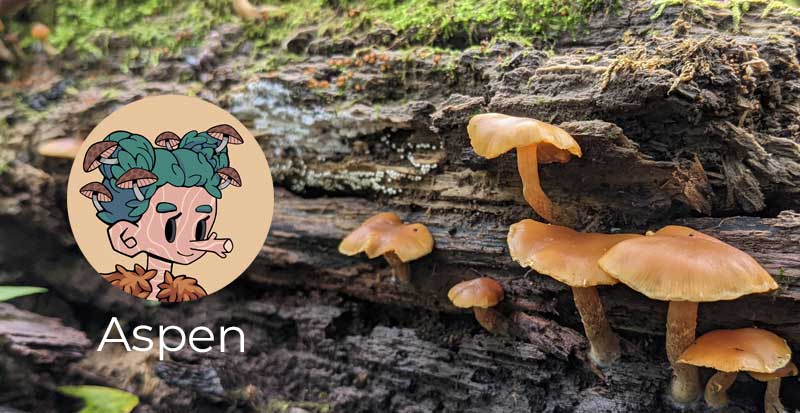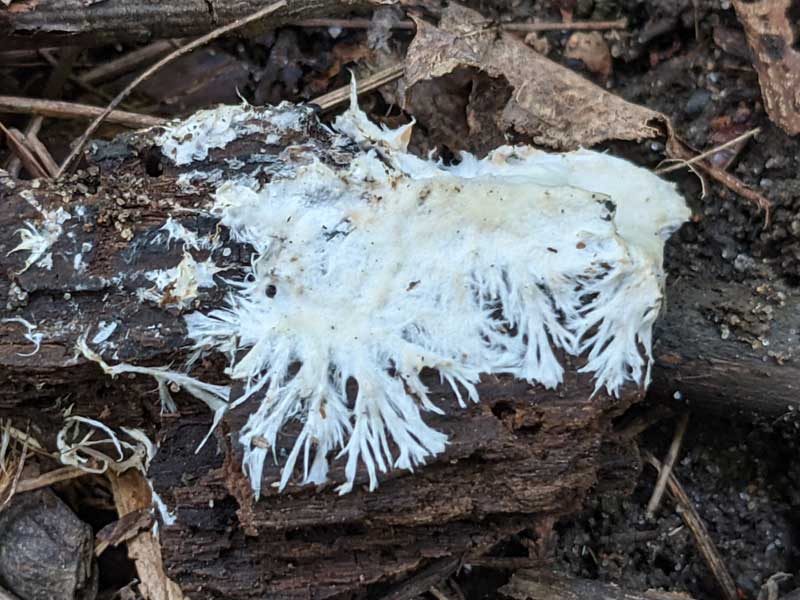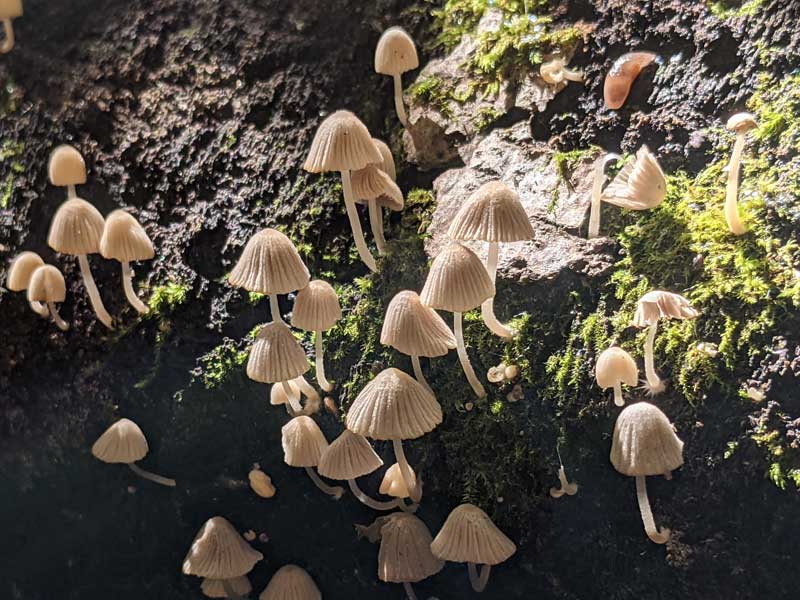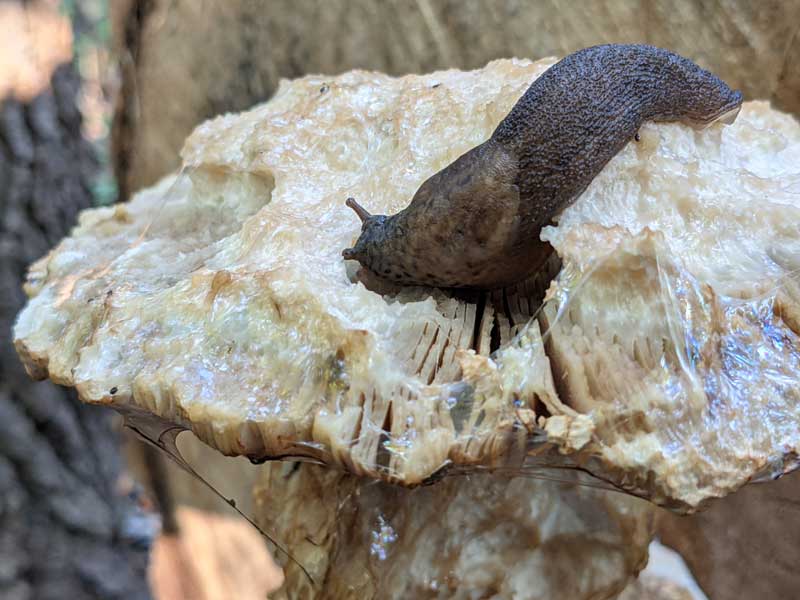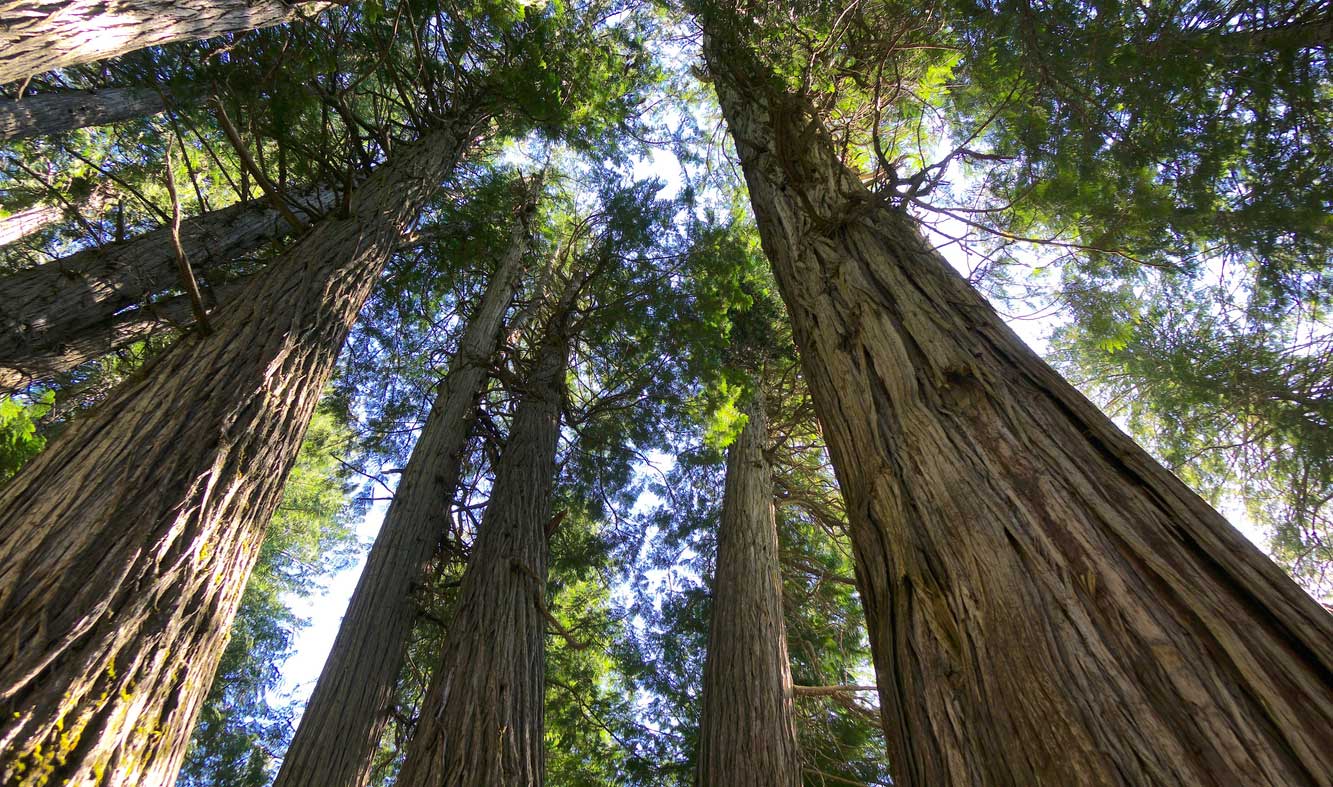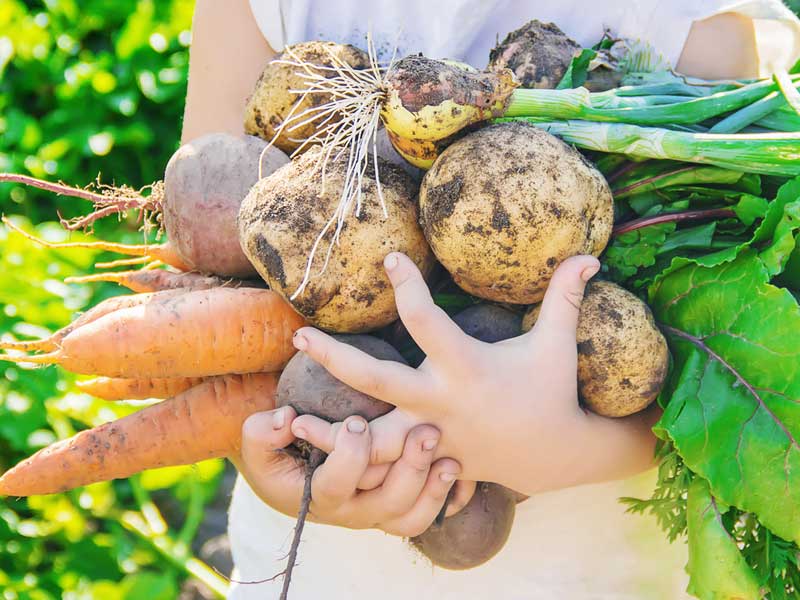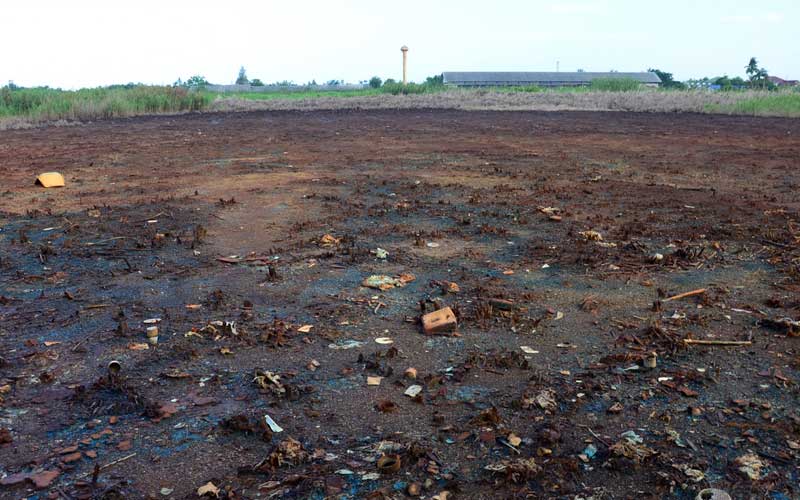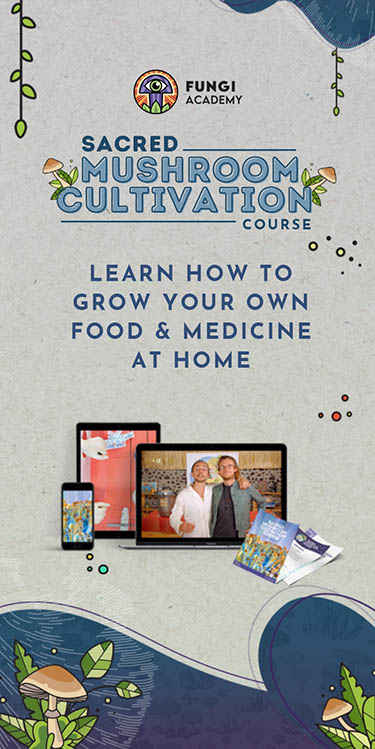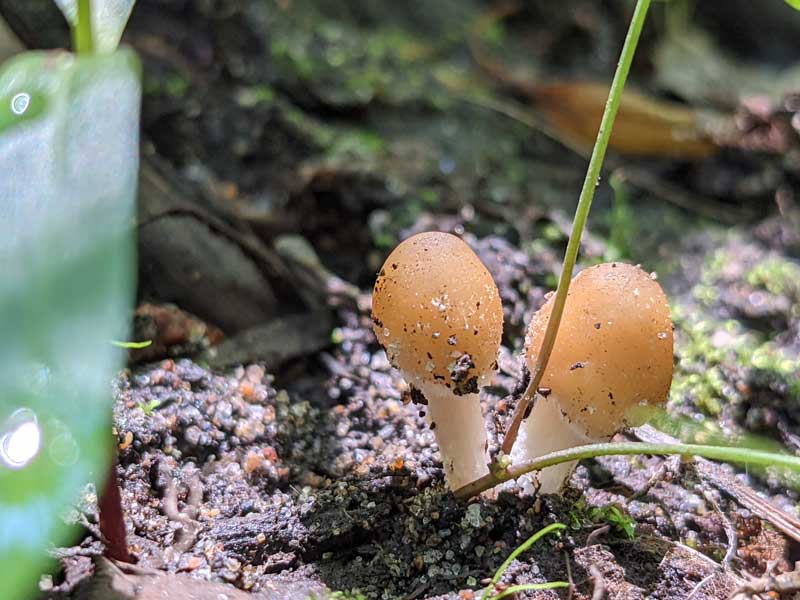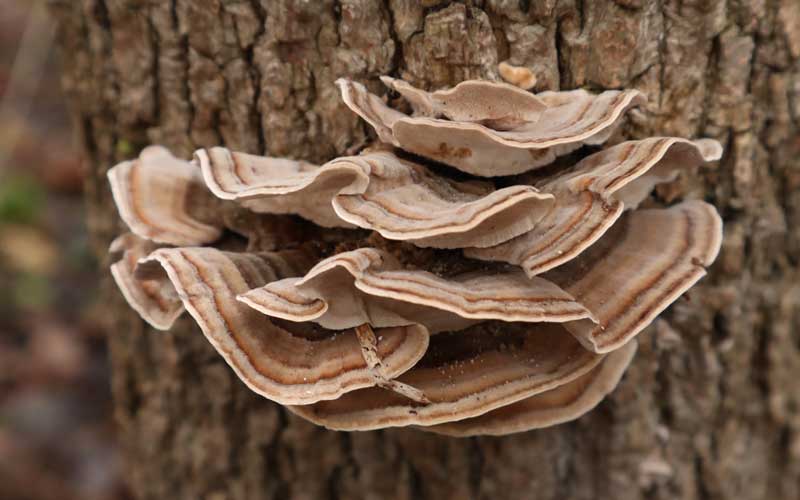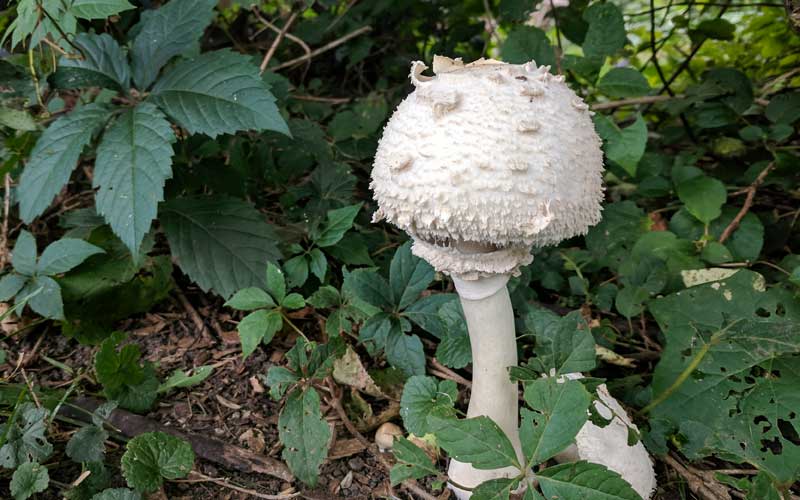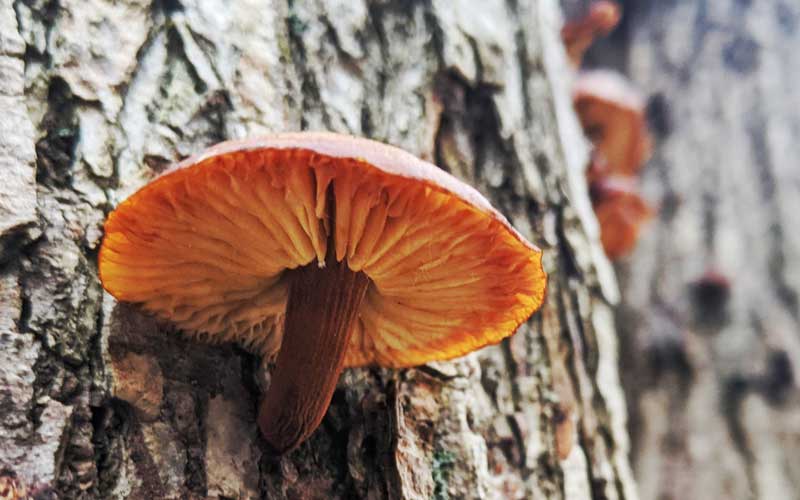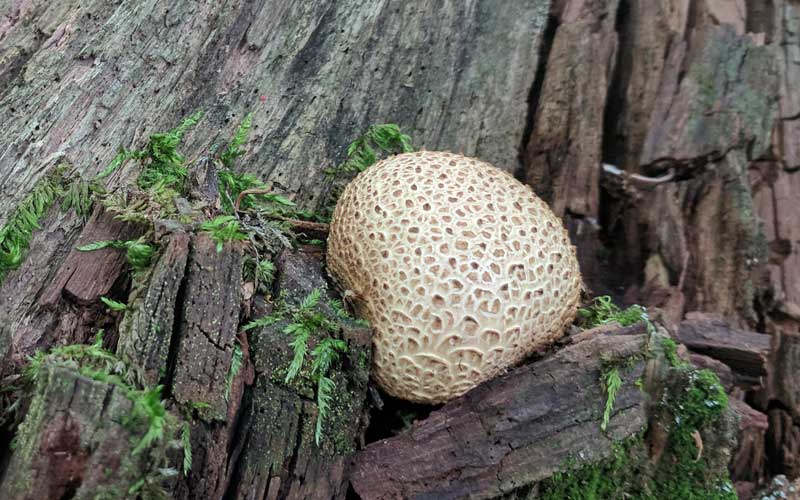- Home
- Mycelium Intro
- Mushroom Ecology
Aspen’s take on fungi at work… maintaining an ecological balance in our woods and forests.
If you haven’t met Aspen, he’s our spokesperson for the importance of mushrooms and fungi, and the ecological balance they bring to our world.
If, like Pinocchio, Aspen were a “real boy”… walking with me in the woods… these are the kinds of photos he’d take, and observations he’d share.
Mycelium is the connective tissue of healthy woods and forests.
With every step you take in the woods, you are walking over miles of mycelial threads.
This network of mycelium, under the ground, is the network that connects all the trees and plants you see. Without that network, most plants and trees would cease to thrive. Many would die.
The mycelial network acts as a conduit, allowing different trees and plants to share and exchange vital nutrients.
With our usual human arrogance, we think that complex global supply chains are an invention unique to our species. Not true. The sophistication of these mycelial networks is mind-blowing. It allows for the transport of millions of tons of minerals, sugars and other nutrients across every ecosystem on the planet.
It’s hard to see the mycelium in the soil, but you can often see them spreading out behind the loose bark of fallen branches and trees.
And, of course, the mycelium is also the root system of all the mushrooms you see.
Saprophytic mushrooms are the most visible part of this incredible “ecological clean-up crew”.
A saprophytic organism is something that feeds on decaying animal or vegetable matter. Some mushrooms are saprophytic, and some are not.
As you walk through the woods, one of the best places to look for mushrooms is on fallen and decaying trees. In partnership with insects and microorganisms, mushrooms slowly break the tree down into a new generation of soil. Looked at another way, the tree is returned to the soil from which it came.
Without saprophytic mushrooms, our woods and forests would be very different places. Try to imagine all the trees that fall over the course of a few centuries, and then picture what that tangled mess would look like if the wood never rotted.
Without fungi, there would be no rot, and no forest as we know them.
There’s a wonderful 7-minute film on this topic, created by the Fungi Foundation. It’s called Let Things Rot.
The mushrooms themselves provide food for other organisms.
Mushrooms feed on nutrients from the rotting wood. And then along comes a greedy slug to feed on the mushrooms.
Slugs aren’t alone in liking to snack on mushrooms.
Bears, deer, wild boar, rabbits, squirrels, mice, snails and insects all eat mushrooms. As do various molds and bacteria.
In other words, after mushrooms have done their work returning fallen trees to the soil, they become food themselves.
Such is the circle of life.
Related Topics:
How mushrooms and mycoforestry improve forest health.
Mycoforestry is the strategy of using mycorrhizal fungi to help damaged ecosystems—big or small—recover faster. The full article...
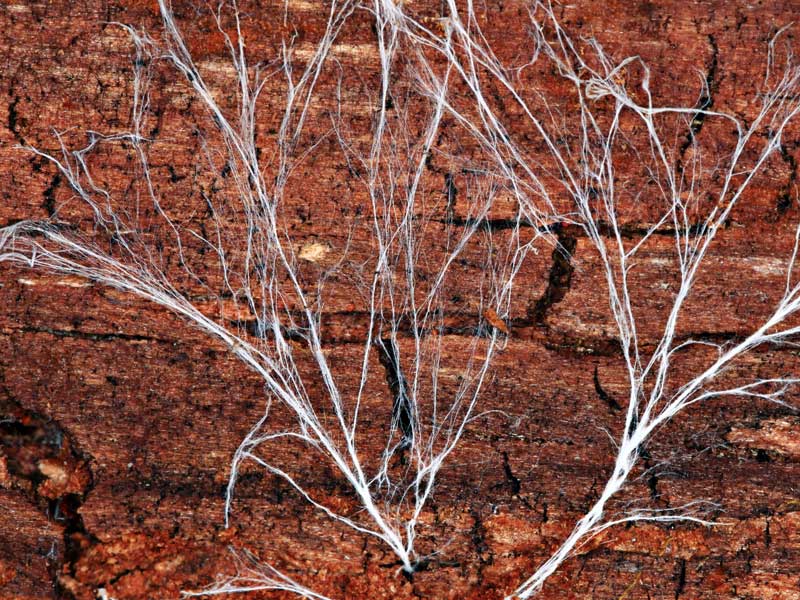
Mycelium… the underground network that connects and supports all life.
Mycelium is the miracle beneath our feet. It’s the root system of the mushrooms we see above ground, and a whole lot more. Read the full article...
Mycelium is the secret ingredient in healthy garden soil.
Mycelium holds everything together in the soil of a healthy garden. Without the mycelium, the health of all your plants and trees will suffer. More here...
Mycoremediation can help clean up large areas of polluted land and waters.
Mycoremediation is the use of fungal mycelium to help clean up oil spills, toxic soil at old industrial sites, and polluted waterways. Read the full article...
